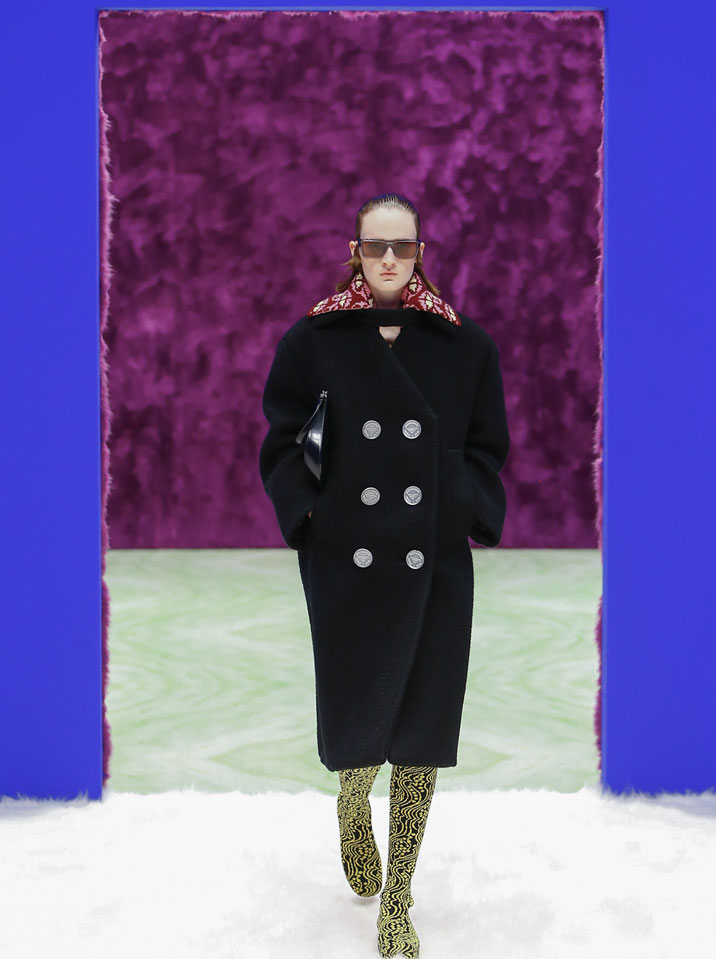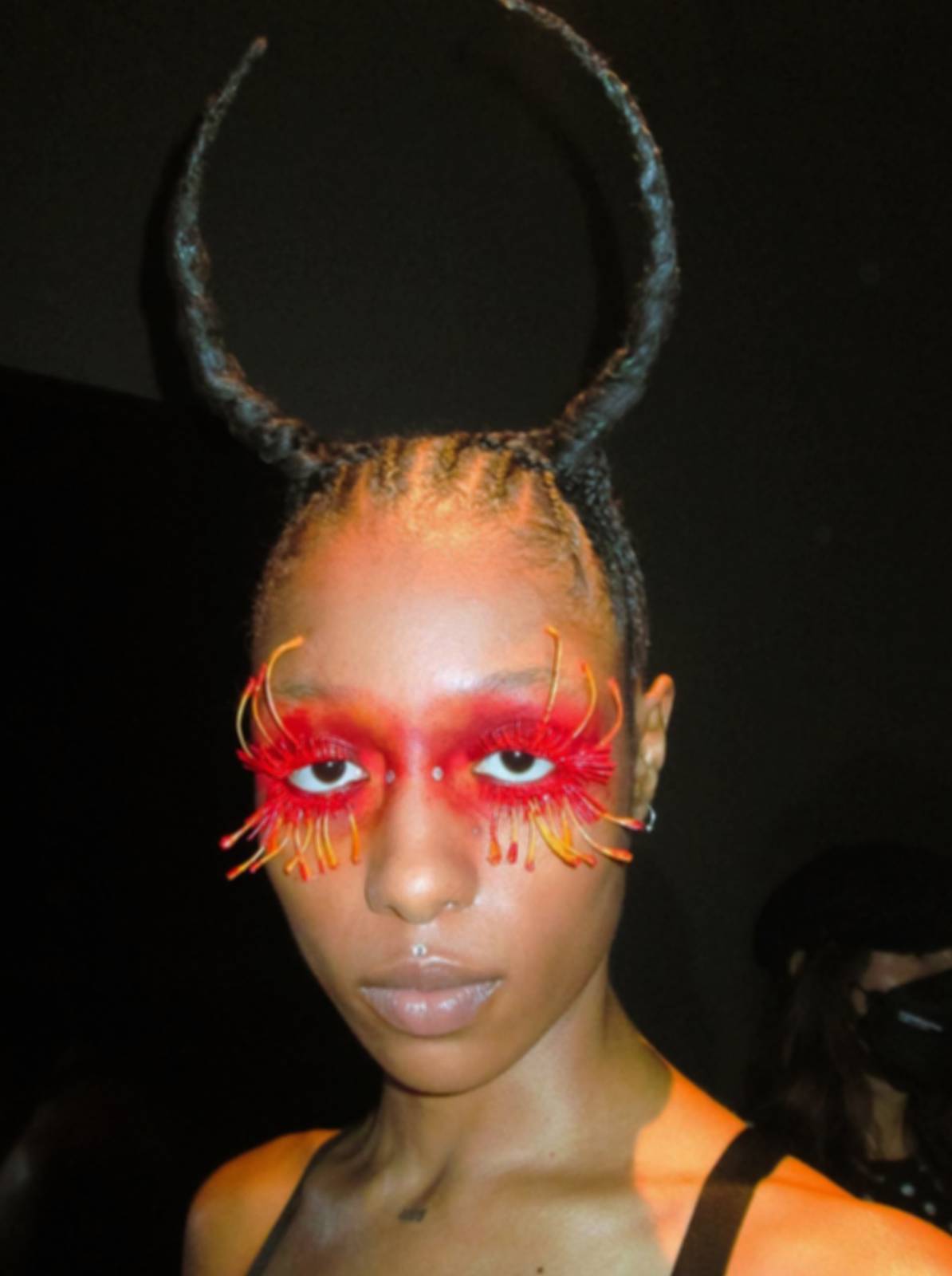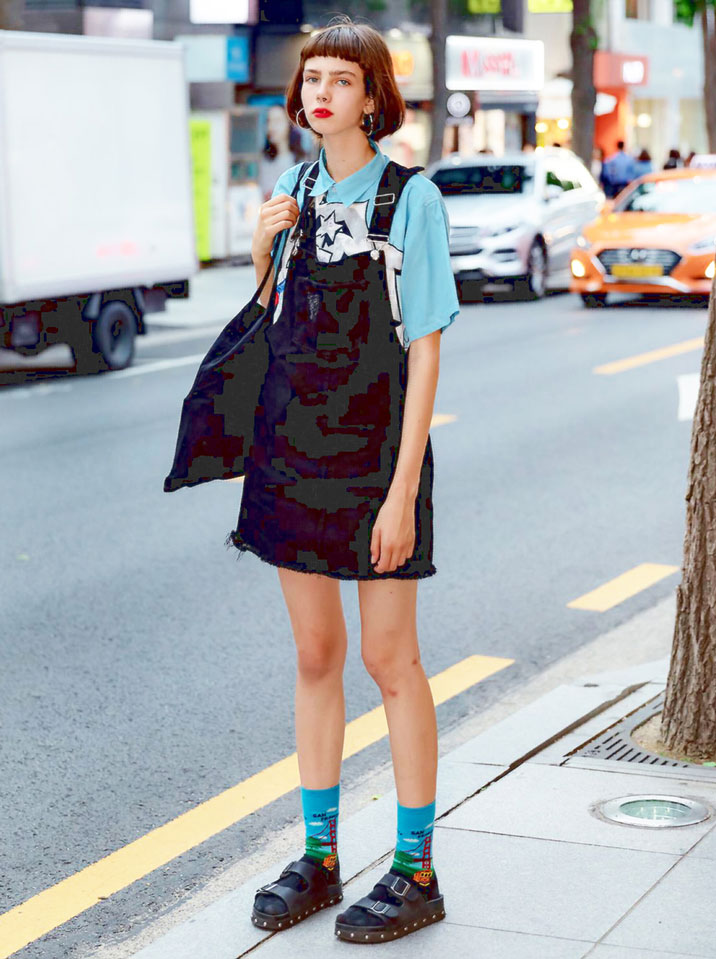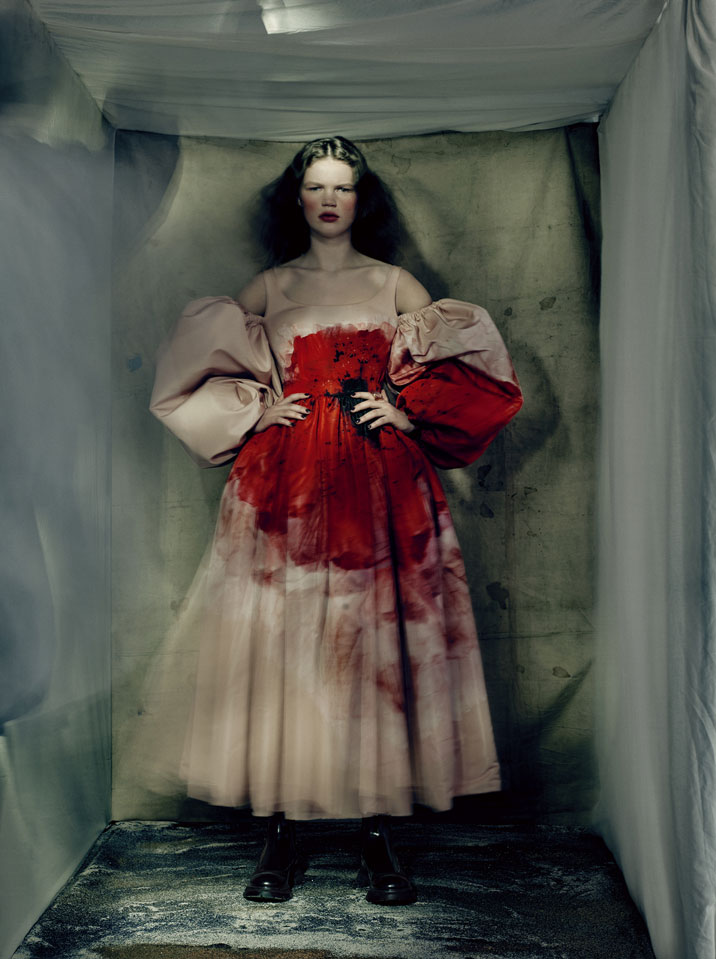
COULD BRANDS SURVIVE WITHOUT INSTAGRAM?
DENIZ AKKAYA
Entering our lives in 2010, Instagram has become more than just a photo-sharing app. The dominance and ingenious manipulation of brands on the platform has redefined where and how we see today’s designs.
Bottega Veneta, the brand with an audience of nearly 4 million on Instagram, Facebook and Twitter, surprised everyone by deleting all of its social media accounts. While the reason for the decision remains unknown, it has also raised the question of whether brands can exist outside of Instagram.
Social media has ceased to be a way of digital communication, but has become an element that affects our lives, for better or worse, more than we realize. Instagram, made headlines past year with its negative impact on mental health, also serves as a creative and inspiring platform when we get past the toxic part. This app, which provides 58 times more interaction than Facebook and 150 times more than Twitter, has also succeeded in creating an environment where brands can sell their products and meet with relevant audiences.


But that doesn’t mean every brand has to incorporate Instagram into their social media strategies. In the early 2000s, the idea of working with influencers was a new concept that was untested and unreliable for brands. Bloggers, the first real internet stars, first began “collaborating” with brands in 2004. As a result of these collaborations, things only got worse in the following years for social media users, who were forced to consume hidden advertising campaigns instead of the usual organic content. Instagram’s becoming an advertising platform pushed the younger generation to TikTok in particular. Now people want to exist on platforms where they can hear real ideas and see things from themselves. Perhaps Daniel Lee took the shocking decision under this awareness …


The “Follow” button no longer has the power it once had. A new follower, once a loyal fan, has now become a hard-to-hold “product.” As a final effort to exist on Instagram, due to consumers assuming every move of macro influencers as advertising, brands turned to micro-influencers. Because micro-influencers have smaller audiences, they have a much closer relationship with their followers than macro-influencers. This allows followers to feel special and know that they are more than a “product”. There seems to be one common denominator that people change who they follow and the apps they use: genuineness.
Umm..Okay, but how much do brands need to be “genuine” actually or do they need to be “genuine” at all? At the end of day, they just want to sell some clothes… If Chanel, Fendi, Louis Vuitton didn’t have their Instagram accounts, could they still reach their popularity over the past 10 years? The answer to this question actually lies in us, social media consumers. We do not know if Bottega Veneta’s decision to leave social media will affect the social media strategies of other luxury brands. But it is an undeniable fact that as long as there are influencers and “collaborations” we cannot escape being “influenced” with or without the brand’s social media account. Maybe brands have already found ways to influence us outside of social media, who knows right?
![]()





